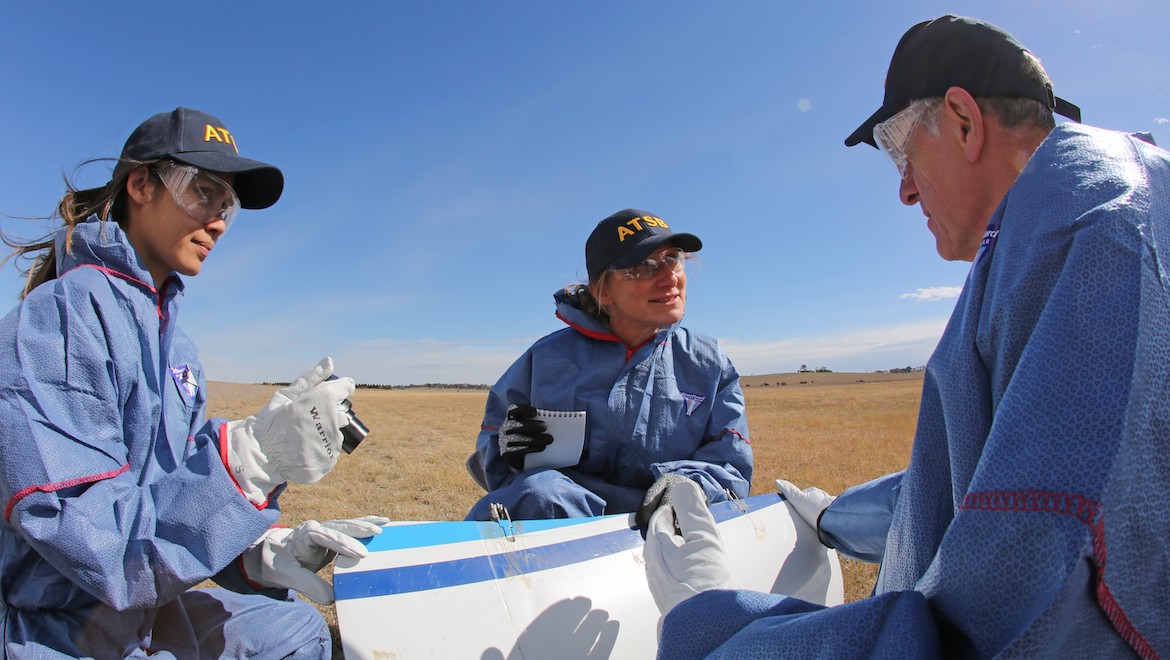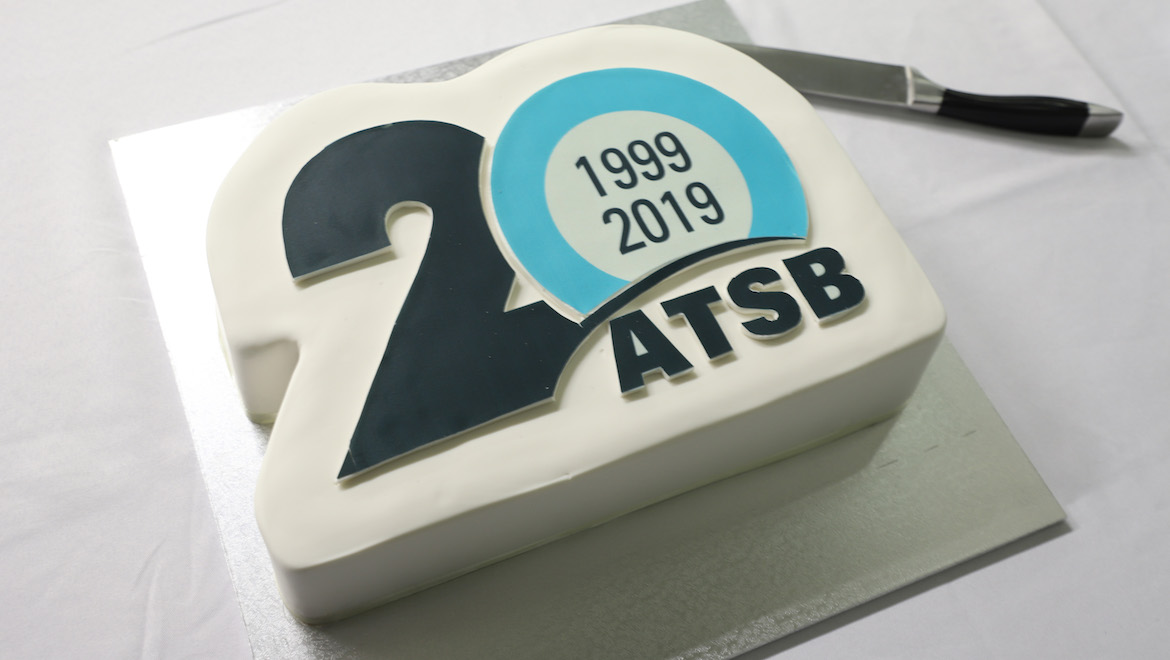
Australian Transport Safety Bureau (ATSB) chief commissioner Greg Hood says the organisation is entering its third decade since being founded in 1999 well placed to meet the challenges arising from the changing face of transport.
The ATSB celebrated its 20th anniversary at a gathering at its Canberra office on Monday with current and former staff, as well as representatives from government and other regulatory bodies such as the Civil Aviation Safety Authority, Australian Maritime Safety Authority and Defence Flight Safety Bureau.
Hood said the ATSB has been preparing and positioning for the rising use of remotely pilot aircraft and ever-increasing automation in Australia’s transport network.
“The ATSB is well prepared for the changing face of transport, and looks forward to contributing to further improvements in transport safety over the next 20 years,” Hood said in a statement on Tuesday.
The bureau was created on July 1 1999 through the amalgamation of the Bureau of Air Safety Investigation, the Marine Accident Investigation Unit, non-regulatory elements of the Federal Office of Road Safety, and a new rail safety investigation capability.
It was tasked with making independent “no blame” investigations into transport safety accidents and incidents as a means of preventing further accidents, as well as conducting transport safety research, data analysis and education.
The bureau employs about 100 staff at its Canberra head office and offices in Adelaide, Brisbane, Melbourne, Perth and Sydney.
Nearly two-thirds of its staff is transport safety investigators who have backgrounds as pilots, licenced aircraft maintenance engineers, air traffic controllers, master mariners, train drivers and human factors specialists. Others work in safety reporting, corporate functions and communications.
Hood said the bureau was renowned internationally for its “independence, technical capabilities and quality of its transport safety investigations across the aviation, rail and marine modes of transport”.
Further, Hood said he was proud of the bureau’s world-class technical and research capabilities and the qualities and capabilities of the staff.

The ATSB noted high profile cases it has investigated over the past two decades included:
- The grounding of the Australian Border Force cutter Roebuck Bay on Henry Reef in the Great Barrier Reef in September 2017
- The Qantas Flight 32 Airbus A380 uncontained engine failure in November 2010
- The derailment of freight train 9T92, loaded with sulphuric acid in December 2015
“Today the ATSB takes a multi-disciplinary teams-based approach to investigations generating world-class investigation reports,” Hood said.
“Those world class investigations have played no small part in ensuring Australia’s transport safety record is the envy of the world.
“The ATSB is well prepared for the changing face of transport, and looks forward to contributing to further improvements in transport safety over the next 20 years.”
VIDEO: A 2017 video of ATSB senior researcher David Wilson talking about his role at the bureau from the ATSB’s YouTube channel.












